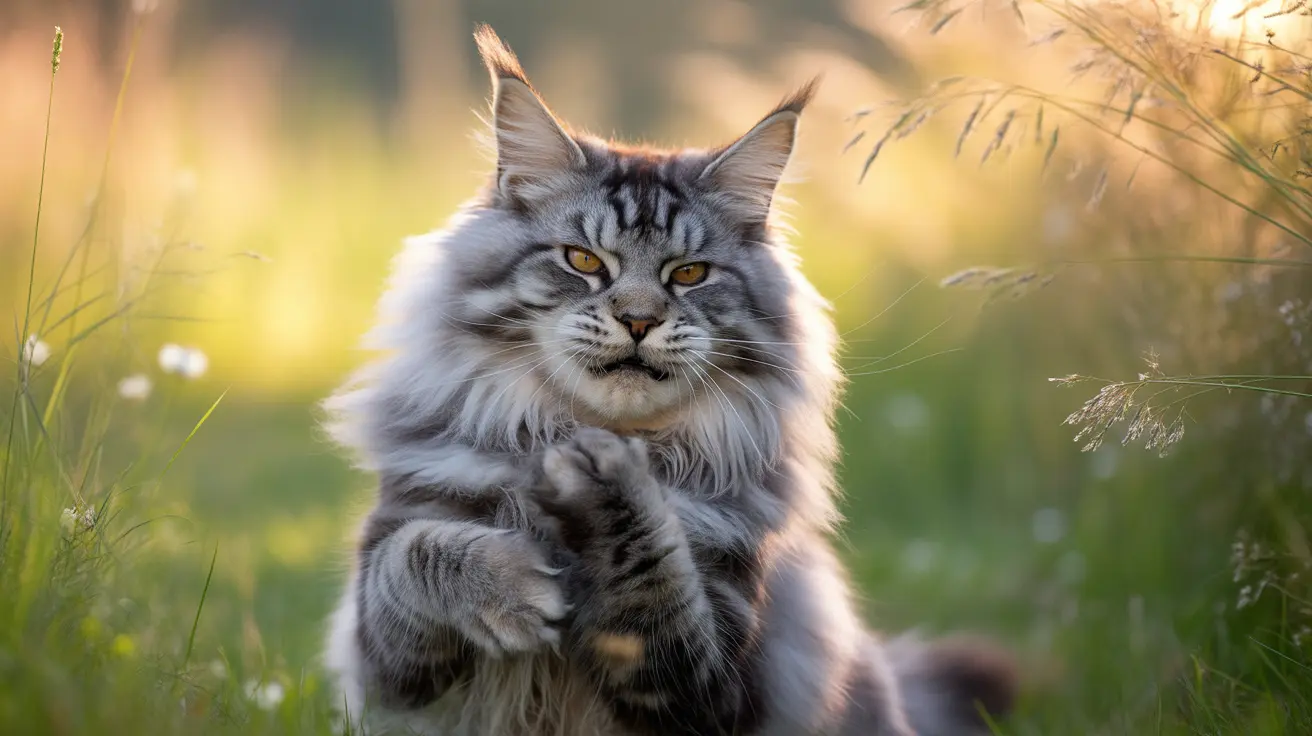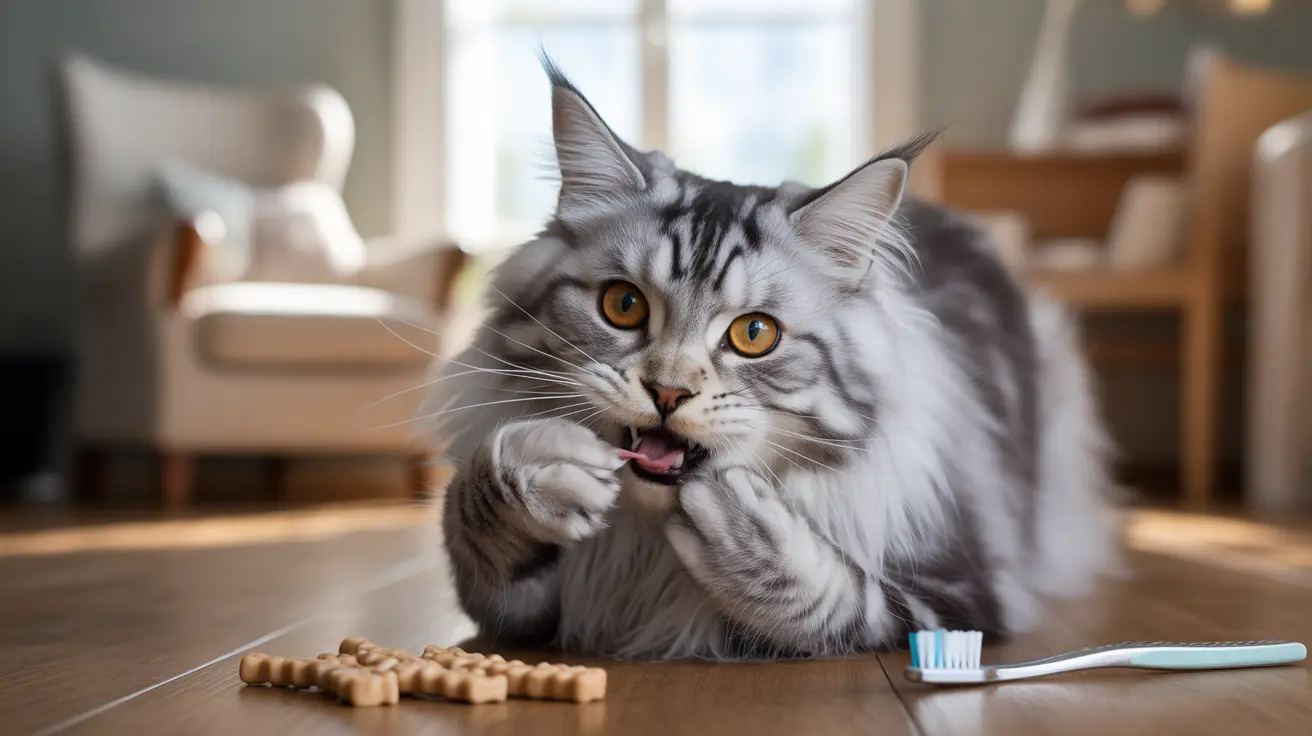The Truth About Cat Claws and Scratching
Cat claws have a unique structure consisting of layers of keratin that grow like shells, one inside the other. When your cat scratches, they're not actually filing their nails - they're helping to remove the old, worn outer layer to reveal the fresher, newer claw beneath.
This natural process is essential for maintaining healthy claws and preventing overgrowth. Without regular scratching, cats' claws can become uncomfortable and potentially problematic.
How Scratching Posts Support Claw Health
Scratching posts provide the perfect surface for cats to perform this necessary maintenance. When your cat drags their claws down a scratcher, they're:
- Removing old claw sheaths
- Maintaining optimal claw length
- Exercising their muscles
- Marking their territory
- Engaging in natural behavior
Selecting the Right Scratching Surfaces
Different cats prefer different scratching surfaces, and providing the right options is crucial for successful nail maintenance. The most effective scratchers typically include:
- Sisal rope or fabric posts
- Corrugated cardboard surfaces
- Natural wood posts
- Carpet-covered structures
The key is to ensure the scratcher is sturdy enough to withstand vigorous scratching and tall enough for your cat to fully stretch while using it.
Combining Scratchers with Regular Nail Care
While scratchers are essential, they work best as part of a comprehensive nail care routine. Regular nail trimming, typically every 2-4 weeks, helps prevent overgrowth and reduces the risk of caught or split claws.
This combination of natural scratching behavior and routine maintenance creates the healthiest environment for your cat's claws.
Preventing Destructive Scratching
When cats have appropriate scratching surfaces, they're less likely to damage furniture or carpeting. Position scratchers near your cat's favorite spots and areas they currently scratch inappropriately. Consider using:
- Multiple scratching posts throughout your home
- Both vertical and horizontal scratching surfaces
- Positive reinforcement when they use appropriate surfaces
- Deterrent sprays or double-sided tape on furniture temporarily
Frequently Asked Questions
How do cat scratchers help maintain healthy nails without actually sharpening them?
Cat scratchers help cats remove old claw sheaths, revealing newer layers underneath. This process maintains natural claw length and condition rather than actually sharpening the nails.
Why is scratching important for a cat's claw renewal and overall health?
Scratching is essential for claw maintenance, muscle stretching, territory marking, and stress relief. It helps cats remove worn outer claw layers and maintain proper claw length naturally.
How often should I trim my cat's nails in addition to providing scratchers?
Most cats need nail trimming every 2-4 weeks, depending on their age, activity level, and how effectively they use their scratching posts. Kittens may need more frequent trimming.
What types of scratching posts or surfaces are best for helping cats shed their old claw sheaths?
The best scratching posts include sisal rope, cardboard, natural wood, and carpet surfaces. Offer both vertical and horizontal options, ensuring posts are sturdy and tall enough for full stretching.
Can scratching posts prevent destructive clawing behavior and protect my furniture?
Yes, when properly placed and combined with positive reinforcement, scratching posts can significantly reduce furniture damage by providing appropriate outlets for natural scratching behavior.
Conclusion
While cat scratchers don't technically file nails, they're essential tools for maintaining your cat's claw health naturally. By understanding how scratching posts work and providing appropriate surfaces, you can support your cat's instinctive behaviors while protecting your furniture and ensuring optimal claw maintenance.






